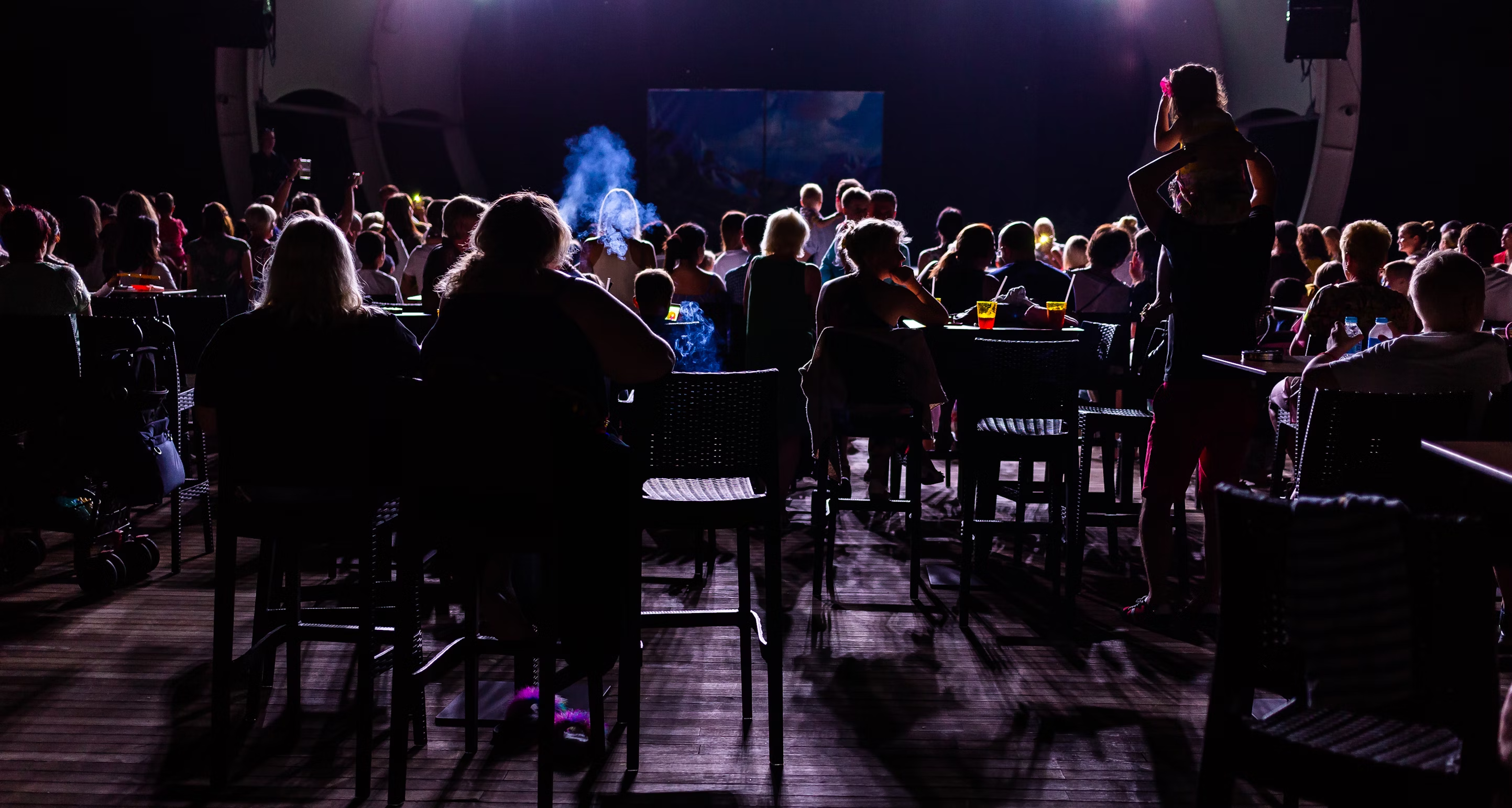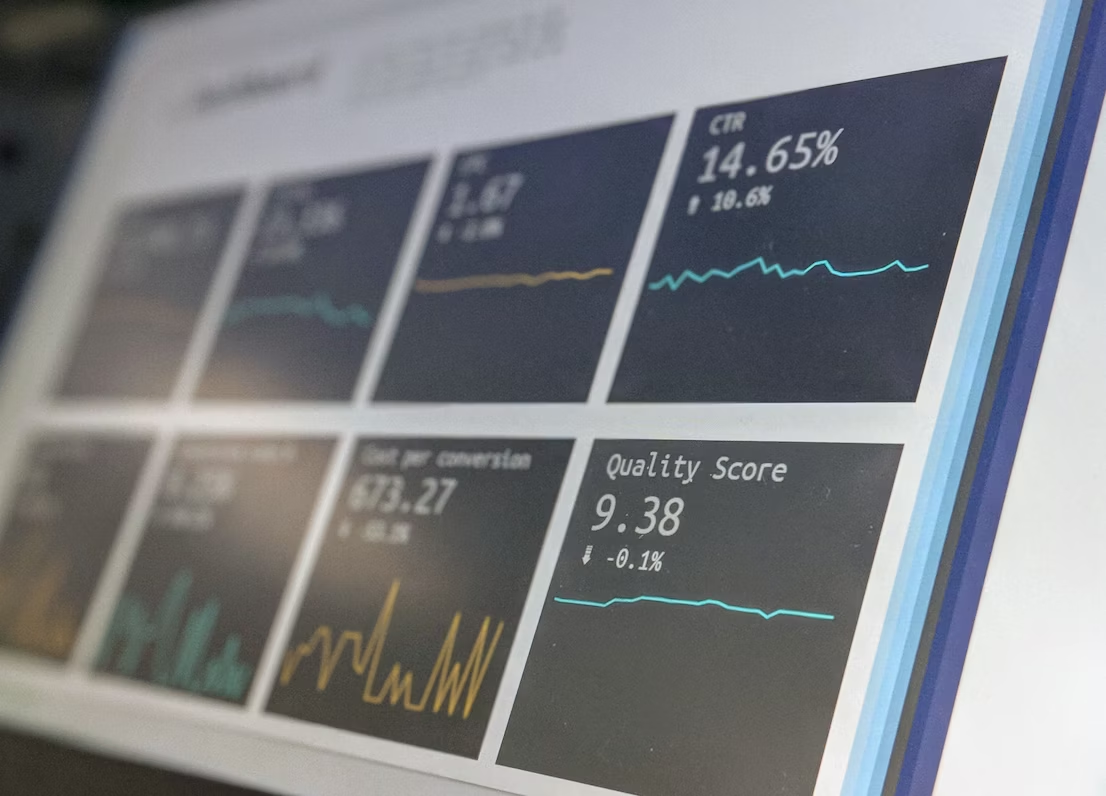Introduction to Set Design
Set design is the creation of theatrical scenery and sets to communicate the overall visual concept for a play. It is a crucial part of realizing the director's artistic vision for a production.
The set designer is responsible for designing and overseeing the construction of the physical set and scenery used on stage. This involves multiple steps and requires collaboration with the director as well as the rest of the creative team.
The set design process typically begins with meetings between the designer and director to discuss the concept, tone, and visual elements of the production. The designer does research, creates sketches and scale models to conceptualize the set pieces, and drafts technical drawings for construction teams to follow. The designer also chooses materials, colors, and decorative elements to convey the appropriate visual style.
Some key goals of set design are supporting the overall artistic vision, complementing the actors and their movements on stage, establishing the location and mood, and aiding the audience's understanding of the story. The set often uses symbolic elements to communicate deeper themes and provides visual interest even during scene changes. In live theater, sets must also be efficient to construct within budget, safe for actors, and feasible to store between shows.
Developing the Design Concept
Analyzing the script is the first and most critical step in developing the design concept. The set designer will read the script multiple times to understand the themes, settings, time period, mood, and overall vision that the director wants to convey. This analysis informs all other aspects of the design.
After analyzing the script, the set designer conducts thorough research on the historical context and time period of the play. This may involve studying art, architecture, clothing, and cultural elements that reflect the environment the play takes place in. Research helps transport the audience to the world of the play.
Collaboration with the director and broader creative team is essential throughout the design process. The set designer needs to understand the director's vision for tone, atmosphere, staging, and overall aesthetic. Frequent meetings and conversations ensure the set design aligns with the larger creative direction.
The set designer begins bringing initial ideas to life through sketches, renderings, collages, and scale models. These visual representations allow the director and creative team to see and give feedback on the design as it evolves from abstract concept to tangible creation. Adjustments are made until the design aligns with the team's collective vision.

Technical Considerations
Set designers must consider a number of technical factors when developing their vision for the set. These include:
Budget Constraints
The set design must work within the parameters of the production's budget. Large, elaborate sets require more materials and labor, driving costs up. Simple sets with minimal changes can help keep costs down. The set designer must strike a balance between realizing their vision and keeping within budget.
Size and Shape of Performance Space
The physical dimensions and layout of the theater space impacts set design choices. A small stage limits options, while a larger stage allows more flexibility. The set designer must tailor their design to make the best use of the given performance area. Proscenium, thrust, and arena stage configurations all impose unique spatial constraints.
Special Effects and Technical Elements
Many modern productions incorporate special effects or complex technical elements like trap doors, elevators, projections, or flashy scene changes. The set designer needs to determine which special elements can be accomplished within budget and technical capabilities. Things like pyrotechnics, falling set pieces, or special lighting require extensive safety considerations.
Scenic Elements
The scenic elements of a set design include all the physical parts that make up the environment of the play. Some key scenic elements that set designers utilize include:
Platforms, Stairs, Levels
Platforms, stairs, ramps and multi-level designs allow set designers to create visual interest and levels on stage. Platforms can be used to designate different acting areas or locations. Stairs are useful for allowing actors to move between levels and can represent everything from grand staircases to fire escapes. Architectural elements like these add dimension to the stage.
Backdrops, Scrims, Curtains
Backdrops create scenery and establish the world of the play. They can be painted canvas drops that roll down as part of a scene change. Backdrops may also include cycloramas or cyc for short - large curved canvas panels used as a neutral colored background. Scrims are lightweight curtain fabrics that can be painted or lit for effects. Stage curtains are also used to mask backstage areas or reveal parts of the set.
Set Decor - Furniture, Props
The set decor includes scenic elements like furniture and props that dress the set and fill out the environment of the play. Set designers carefully choose set decor to convey the style, historical period and location. The furnishings also support the action of the play and allow actors to interact with the set. Smaller hand props add important details.
Materials
The materials used in set design depend on the needs of the production as well as budget constraints. Some common materials used include:
Wood
Wood is a versatile material used in set construction. Plywood and timber allow set builders to construct sturdy platforms, walls, stairs and more. Wood can be painted to appear as different materials and is easy to work with using basic carpentry tools.
Steel
Steel framing and components provide maximum strength and durability for multi-level sets. Steel platforms, ladders, railings and more enable the creation of intricate environments. Steel sets require welding and more specialized skills to fabricate.
Fiberglass
Fiberglass is lighter than wood or steel. It's used to create translucent set pieces like windows. Fiberglass can be molded into organic shapes and painted to replicate a variety of materials. It provides an alternative to heavy materials when strength is not required.
Paints, Dyes, Textiles
Painting set pieces is essential for setting the mood and concealing the base material. Painted backdrops transport audiences to faraway locales. Dyes allow fabrics like muslin to become stone walls, forest canopies or night skies. The textures and colors of textiles transform spaces.
Sustainability Practices
Many productions are incorporating eco-friendly materials and construction methods. Bamboo and recycled plastics substitute for wood. Low-VOC paints improve indoor air quality. Digital printing reduces waste from painted backdrops. Sustainability makes environmental and financial sense for set design today.
Lighting Design
Lighting is an integral part of any set design, as it helps establish mood, time of day, and draws focus to key parts of the set and action. The lighting design must be developed in tandem with the set design for maximum impact.
Lighting can be used to establish different times of day. Warm light suggests daytime or interior spaces, while cooler light gives the impression of dusk, nighttime or moonlight. Dynamic lighting shifts can smoothly transition the set from day to night over the course of a performance.
Spotlights and localized lighting allow key characters, props or set pieces to be dramatically highlighted at pivotal moments. Spotlights build tension and focus the audience's attention. Localized lighting can also be used to sculpt the set and actors by casting certain set elements in light or shadow.
The lighting and set design team should collaborate closely to integrate lighting fixtures and positions into the physical set pieces and architecture. Lighting instruments can be concealed and revealed as part of revolving set pieces, or mounted on fixtures that are part of the set design. The lighting plan should complement and complete the set.
Influence on Surtitles
When designing a set for a theatrical production that will include surtitles, the set designer needs to consider several factors related to the placement and visibility of the surtitle screens.
Placement of Surtitle Screens
The placement of the surtitle screens in relation to the set is an important consideration. The screens need to be positioned where they can be clearly seen by the majority of the audience without obscuring the view of the stage and set. Some common placements are above, beside, or behind the proscenium arch. The set design should avoid large scenic elements that could block sight lines to the surtitle screens.
Visibility Considerations
It's critical that the projected surtitles have high visibility and readability for the audience. The set designer should avoid reflective surfaces or brightly lit areas that could make the text harder to read. Dark backgrounds behind the screens usually work best. The color, textures and lighting of the set near the surtitle area should be chosen to maximize the contrast and clarity of the text.
Complementing Set Aesthetics
The surtitle screens and projection equipment can be thoughtfully integrated into the set design for a cohesive look. For example, ornate framing and architectural details that fit the style of the set can surround embedded projection screens. The set designer can use colors, materials and lighting effects to seamlessly blend the technical elements into the set design while keeping sight lines obstruction-free. When well-executed, the surtitle integration can complement and enhance the overall visual impact of the set rather than appearing tacked on as an afterthought.
Set Design for Surtitled Shows
Set design for shows with surtitles requires some special considerations to accommodate the screens and direct audience attention appropriately. Here are some key factors to keep in mind:
- Leave adequate space for the surtitle screens so they are visible without obstructing sightlines to the stage. This may influence choices about set size and configuration.
- Avoid busy or visually distracting set elements directly behind the surtitle screens, as this can make the text difficult to read. Focus visual interest on other areas of the set.
- Incorporate positions and lighting for the screens into the technical design. Make sure screens are at an optimal height and angle for viewing from all seats. Provide proper lighting on the screens without causing glare.
- Use set elements to help focus the audience's gaze in key directions and move attention between the stage action and screens at appropriate moments. For example, angled flats or platforms can steer sightlines.
- Consider how the set can complement and not conflict with the crucial visual information in the surtitles. For instance, avoid highly colorful set pieces immediately next to screens where color contrast is being used to distinguish characters in the text.
- Incorporate any necessary rigging, cabling, or networking required to support the surtitling technology into the set infrastructure.
Thoughtful set design that carefully considers the addition of surtitles can elevate a production and allow this supplemental text element to blend seamlessly into the world being created on stage.
Notable Set Designers
Throughout the history of theater, there have been many notable set designers who have made a major impact through their innovative work and signature styles. Here are some of the most influential set designers to know:
Adolphe Appia
Swiss designer who pioneered simplified, symbolic sets and three-dimensional staging in the late 19th century. His influential productions include orchestral scenes for Richard Wagner's operas such as Tristan and Isolde. Known for integrating light, space, color, and simplified geometric forms.
Edward Gordon Craig
English modernist designer in the early 20th century who advocated for symbolic, minimalist sets using screens, levels, and simplified decorative elements. Notable productions include Hamlet and his visionary but unrealized production of Macbeth. Craig promoted the concept of the über-marionette and influenced abstract, expressionistic design.
Robert Edmond Jones
Pioneering American designer from the 1920s-1950s. One of the first to promote conceptual visual unity in set design. Collaborated frequently with theater visionary Eugene O'Neill. Designed spare, suggestive sets using elements like steps, platforms, and ramps. Known for productions like Desire Under the Elms and The Emperor Jones.
Jo Mielziner
Influential American designer from the 1930s-1960s. Designed sets for major Broadway productions like A Streetcar Named Desire and Death of a Salesman. Favored unit sets and elements placed at angles, floating stages, cycloramas. Brought cinematic techniques to stage design.
Julie Taymor
Contemporary designer known for bold, innovative productions that incorporate puppetry, masks, physical spectacle. Known for The Lion King on Broadway as well as productions of Shakespeare and opera. Seamlessly blends live actors with elaborate mechanical scenery and giant puppets.
Es Devlin
Leading contemporary British designer known for kinetic, sculptural sets that amplify themes and make use of projection mapping. Recent productions includeunday in the Park with George and Machinal. Creates immersive worlds integrating video, movement, light and form.
David Rockwell
Prominent American designer working in theater, architecture, and film. Recent Broadway credits include She Loves Me and Tootsie. Favors integrating stage and auditorium through immersive, environmental designs. Founder of Rockwell Group design firm.
This covers some standout, visionary set designers from key eras and styles that have advanced the possibilities of scenic design and visual storytelling for the stage. Their innovations have paved the way for 21st century set design.
Future of Set Design
Set design is constantly evolving along with new technologies, materials, and artistic movements. Here are some key trends shaping the future of scenic design:
New Materials and Technologies
- Projection mapping and video screens allow for dynamic digital backdrops and special effects. Projection design is becoming increasingly integrated into set designs.
- New lightweight composite materials like carbon fiber allow for large, intricate set pieces while reducing weight and construction costs.
- Fabric and tensile structures created with tech textiles can enable seamless, sweeping stagescapes.
- Animatronics, robotics, and other mechatronics may enable more interactive, automated elements in future set designs.
Sustainability Trends
- Upcycling and repurposing found materials is becoming more popular as a sustainable design strategy.
- Stage elements are being designed for easy disassembly, storage, and reconstruction to maximize reuse.
- LED lighting continues to increase efficiency and capabilities while reducing energy usage and waste.
Avant-garde and Experimental Designs
- Immersive and experiential sets are drawing attention, with audiences moving through the design.
- More abstraction, multimedia, and minimalism is being incorporated into avant-garde set designs.
- Some designers are exploring how sets can interact with or respond to performers and audiences in real time.
- Boundary-pushing venues allow radical new stage and auditorium configurations.
As technology progresses and expectations evolve, set designers have an expanding palette of creative possibilities for realizing productions. The set remains a vital part of defining a show's world and transporting audiences into it.









